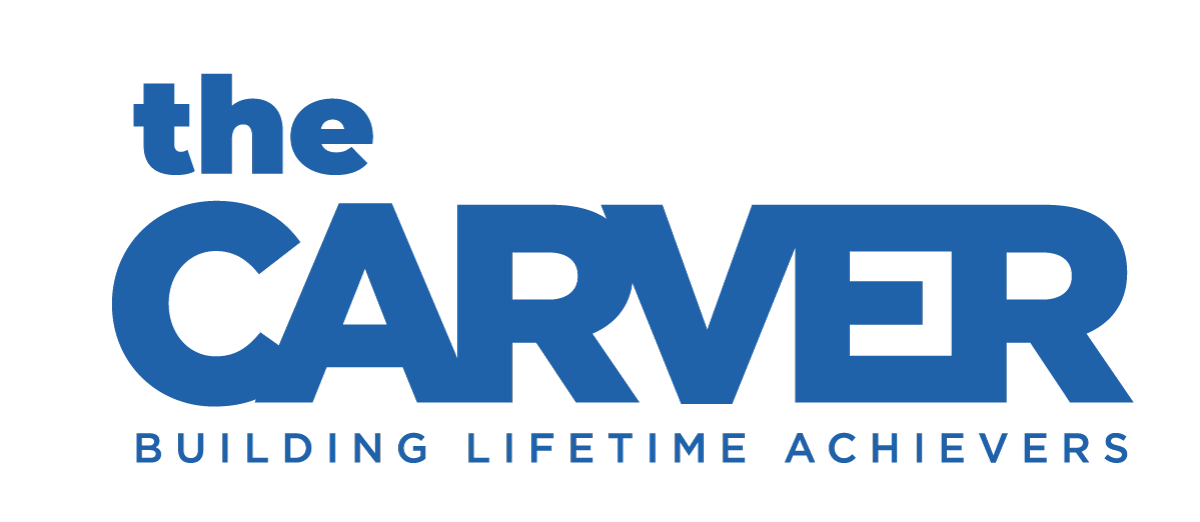Learning from Summer: Effects of Voluntary Summer Learning Programs on Low-Income Urban Youth
This largest-ever study of summer learning finds that students with high attendance in free, five to six-week, voluntary summer learning programs experienced educationally meaningful benefits in math and reading.
The findings are important because children from low-income families lose ground in learning over the summer compared to their more affluent peers. Voluntary, district-run summer programs could help shrink this gap and have the potential to reach more students than traditional summer school or smaller-scale programs run by outside organizations. Yet until now little has been known about the impact of these programs and how they can succeed. Wallace’s $50 million National Summer Learning Project seeks to help provide answers.
Since 2011, five urban school districts and their partners, the RAND Corporation and Wallace have been working together to find out whether and how voluntary-attendance summer learning programs combining academics and enrichment can help students succeed in school.
Starting in 2013, RAND conducted a randomized controlled trial (RCT) in five districts—Boston; Dallas; Duval County, Florida; Pittsburgh; and Rochester—to evaluate educational outcomes, focusing on children who were in 3rd grade in spring of that year. The 5,600 students who applied to summer programs were randomly assigned to one of two groups—those selected to take part in the programs for two summers (the treatment group) and those not selected (the control group). The study analyzed outcomes for 3,192 students offered access to the programs.
Researchers found that those who attended a five-to-six-week summer program for 20 or more days in 2013 did better on state math tests than similar students in the control group. This advantage was statistically significant and lasted through the following school year. The results are even more striking for high attenders in 2014: They outperformed control group students in both math and English Language Arts (ELA), on fall tests and later, in the spring. The advantage after the second summer was equivalent to 20-25 percent of a year’s learning in math and ELA.
These findings are correlational but controlled for prior achievement and demographics, giving researchers confidence that the benefits are likely due to the programs and meeting the requirements for promising evidence under the Every Student Succeeds Act.
High-attending students were also rated by teachers as having stronger social and emotional competencies than the control group students; however, researchers have less confidence that this was due to the programs, given the lack of prior data on these competencies.
About 60 percent of students attending at least one day met the 20-day threshold that was defined as high attendance.
Separately, the study also examined the impact of the programs on all students who were offered access, whether or not they actually attended. Because many students did not attend at a high level, and some didn’t attend at all, the average benefits for all of these students were smaller and not statistically significant, with the exception of a modest but educationally meaningful boost in math scores in the fall after the first summer equivalent to 15 percent of a year’s learning. These findings are causal, meaning that researchers are confident that they were due to the programs, and meet the standard of strong evidence under the Every Student Succeeds Act.
For students to experience lasting benefits from attending summer programs, the report recommends that districts: run programs for at least five weeks; promote high attendance; include sufficient instructional time and protect it; invest in instructional quality; and factor in attendance and likely no-show rates when staffing the programs in order to lower per-student costs.
The academic advantage for students with 20 or more days of attendance in a five-to-six-week voluntary summer program after the second summer translated to between 20 and 25 percent of typical annual gains in math and reading.
